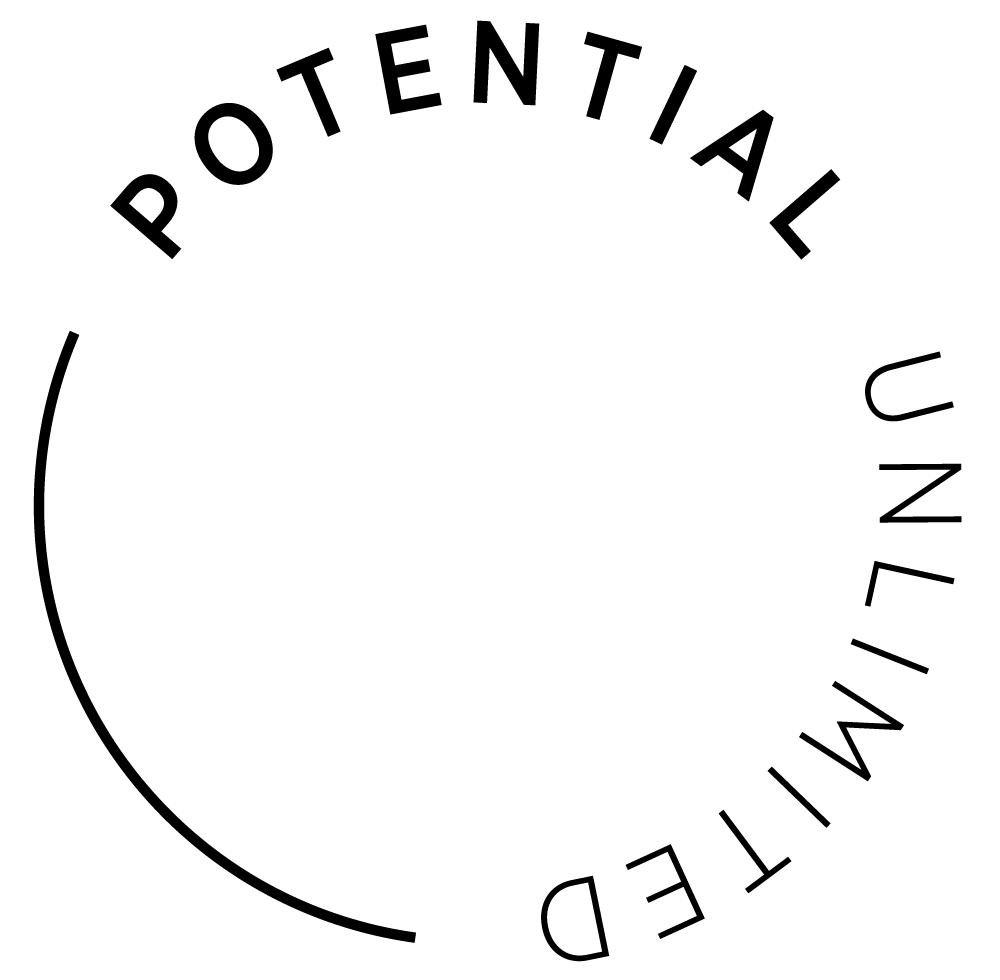The Executive Coaching Process
Discover Yvonne’s tailored Executive Coaching and Team Development process, designed to enhance leadership, improve team cohesion, and boost productivity in executive assignments.
‘I seek to be as flexible and versatile with each coaching assignment, providing a client centred and expert approach’
A typical coaching assignment lasts an average of 4-6 sessions (90 minutes each), with clients completing ‘homework’ between sessions. Regular contact is offered to address any issues that arise between sessions.
Coaching sessions are typically held away from the office at Potential Unlimited, located at 6-8 Vernon Avenue, Clontarf, to minimise distractions and provide valuable ‘head space’. Alternatively, coaching can be conducted via Zoom for added flexibility.

Goal
What do you want to achieve?

Reality
Where are you now?

Options
What options do you have?

Will
What choices will you make?
Executive Coaching
Chemistry Session
At the start of the coaching process, a chemistry session is arranged to allow you (the client) to meet Yvonne (the coach). This introductory session serves to:
- Provide clarity on what coaching is and is not
- Assess compatibility in terms of coaching style and approach
- Agree on the logistics, including location, dates/times, and session duration
- Offer an opportunity to ask any questions or address concerns about the coaching process and the coach
Goal Setting and Contracting
The focus of the first coaching session is to identify and clarify the overall desired outcomes you wish to achieve. These could include preparing for a career change or promotion, improving an aspect of your leadership style, or achieving greater career and life fulfilment. Establishing these goals and desired outcomes from the outset is crucial for the success of the coaching process and for fostering a close, collaborative partnership throughout.
Reality
The coaching process provides a ‘safe space’ for the client to reflect on their life and career journey, discussing current opportunities and challenges. Many clients seek coaching as they lack someone they can trust to talk to. With Potential Unlimited’s professional experience, clients can speak openly and confidentially.
Using tools like psychometrics (or 360-degree feedback) and stakeholder interviews, the client gains deeper insights into their strengths, development areas, leadership style, and impact on others. These insights often form the basis of a personalised coaching plan, which will be agreed upon with the client.
Exploration of Options
Throughout the coaching assignment, the client will have the opportunity to explore all factors influencing the achievement of their goals and desired outcomes. The coach will guide the client in examining a range of options and potential solutions to move forward.
It’s important to note that the coach’s role is not to tell the client what to do; instead, the coach will ask thought-provoking questions to foster self-discovery. Feedback and insights will be provided to raise self-awareness and address any potential blind spots, supporting the client in making informed decisions.
Action & Review
To sustain behavioural change, it is essential to have a ‘living’ Development Action Plan that outlines SMART goals, success metrics, and any required resources or additional support. At the end of each coaching session, you, as the client, commit to taking actionable steps to practice new behaviours or adapt your leadership style. Many clients opt for regular ‘check-ins’ between sessions to maintain momentum.
If your coaching is sponsored by your organisation, it is often beneficial to share the development plan with your line manager for further input. Typically, at the conclusion of the coaching assignment, a three-way meeting is agreed upon to ensure continued success and maximise your potential.
